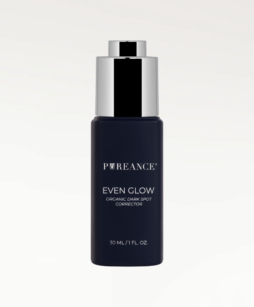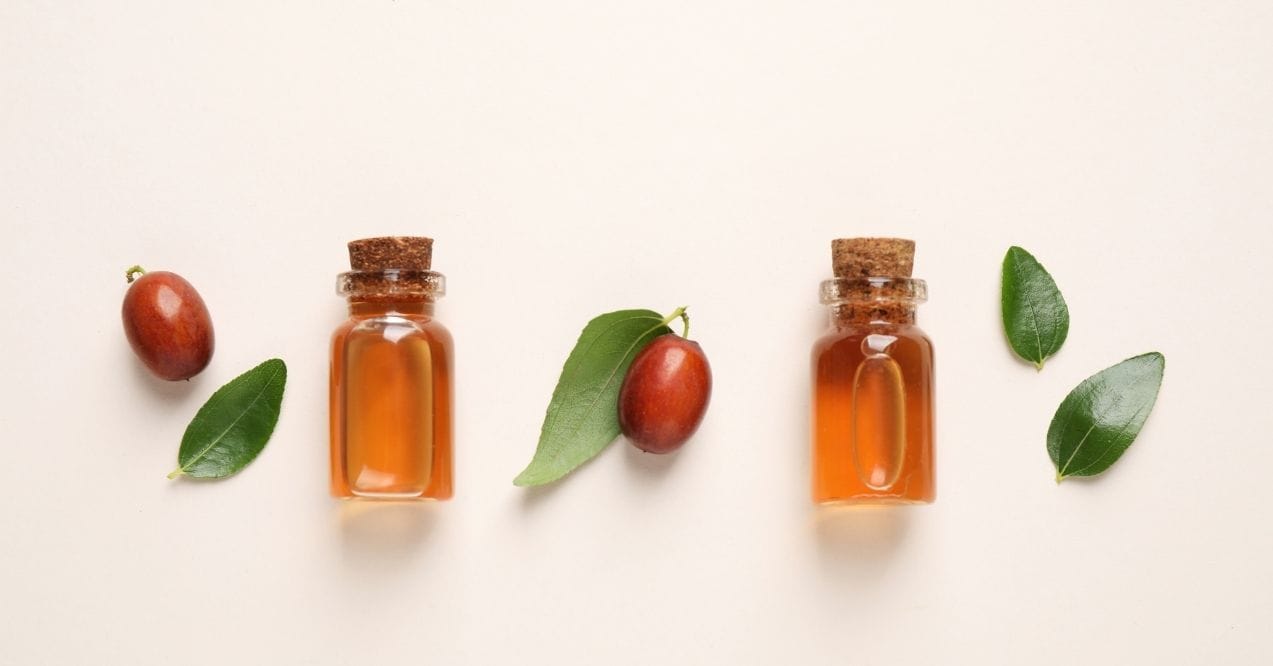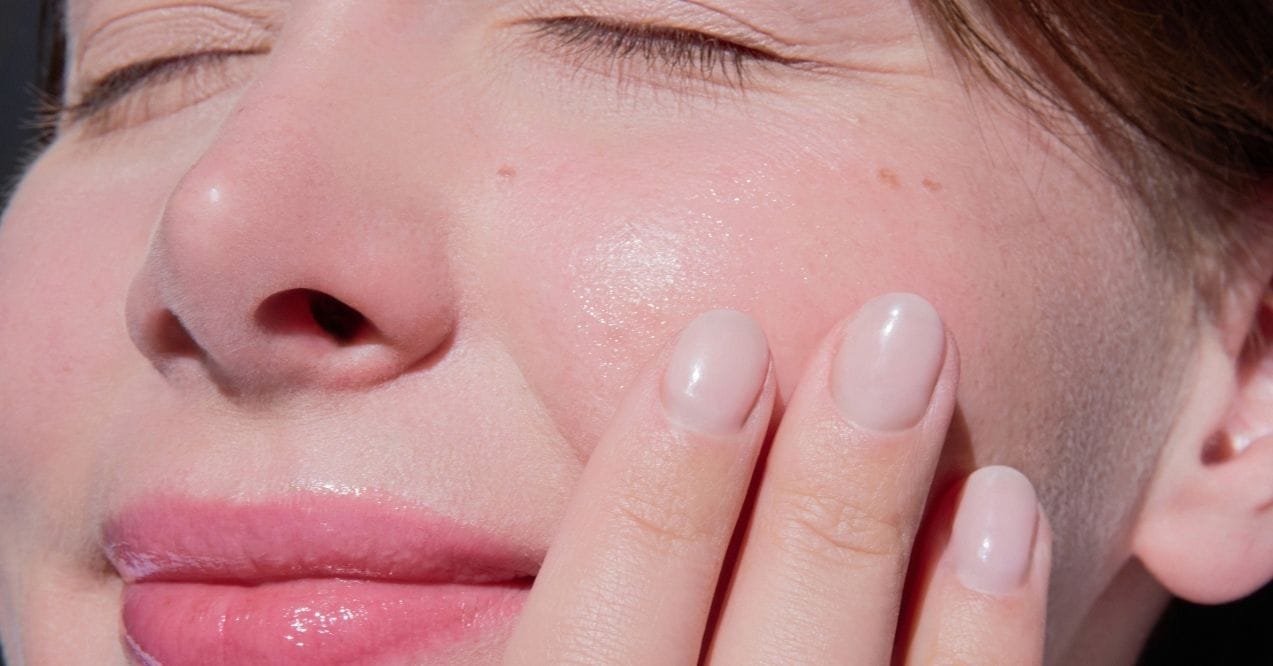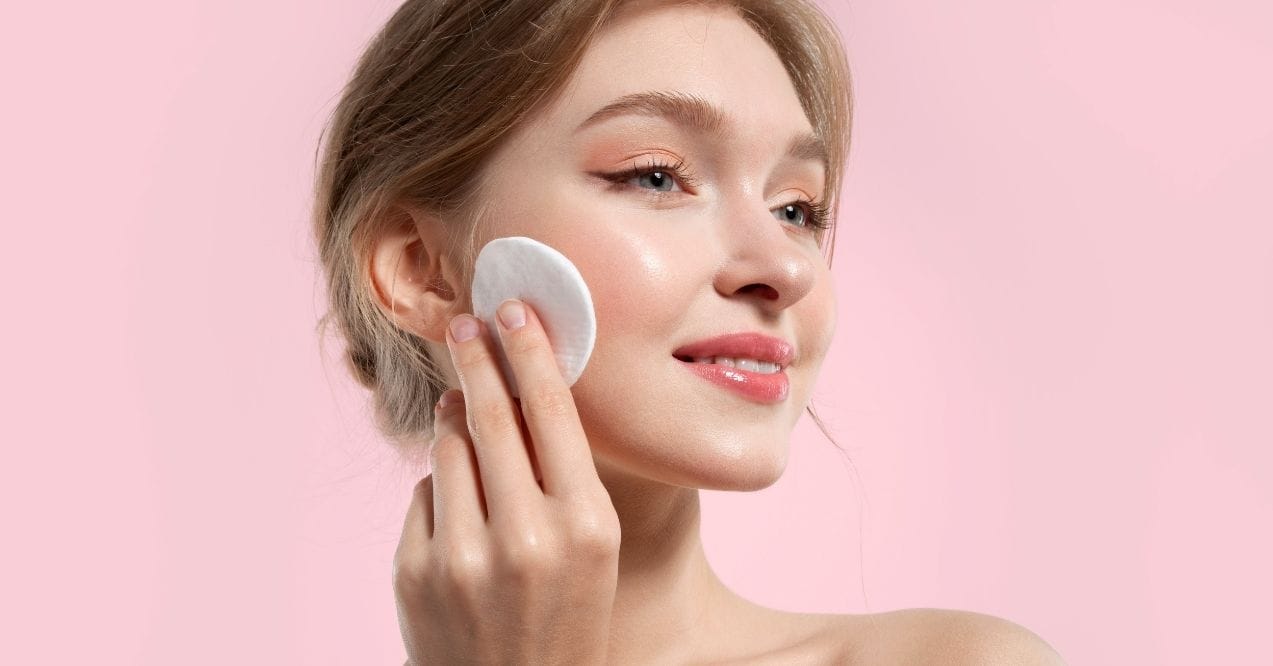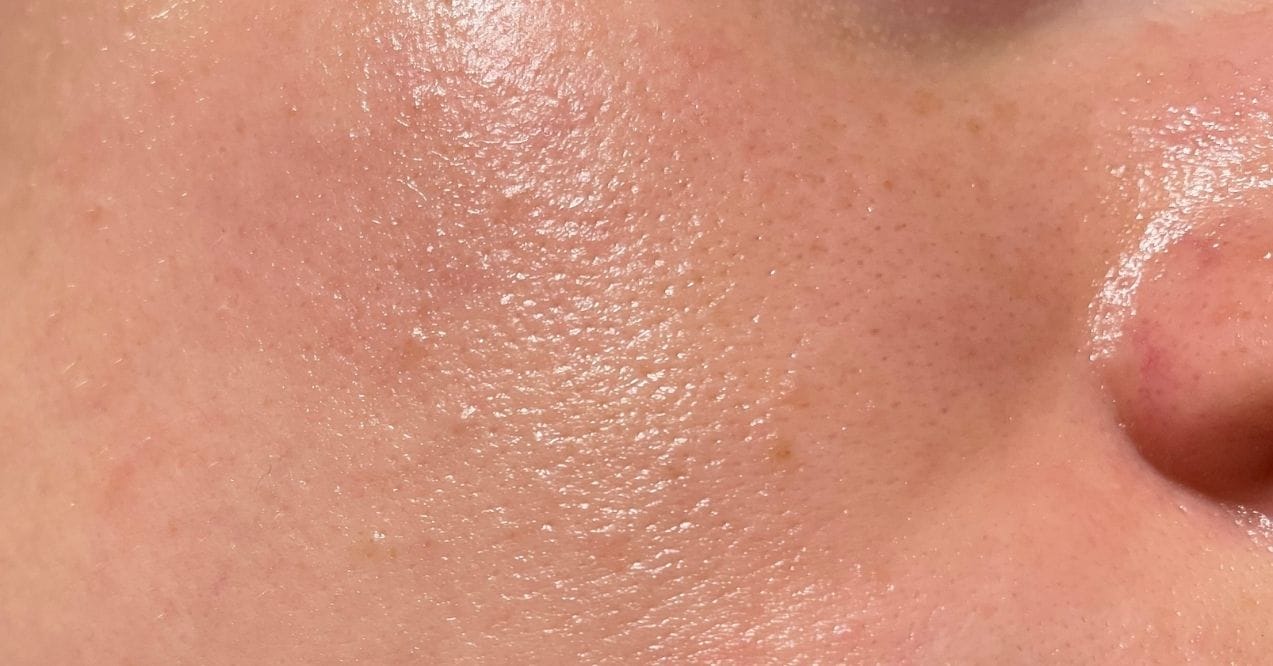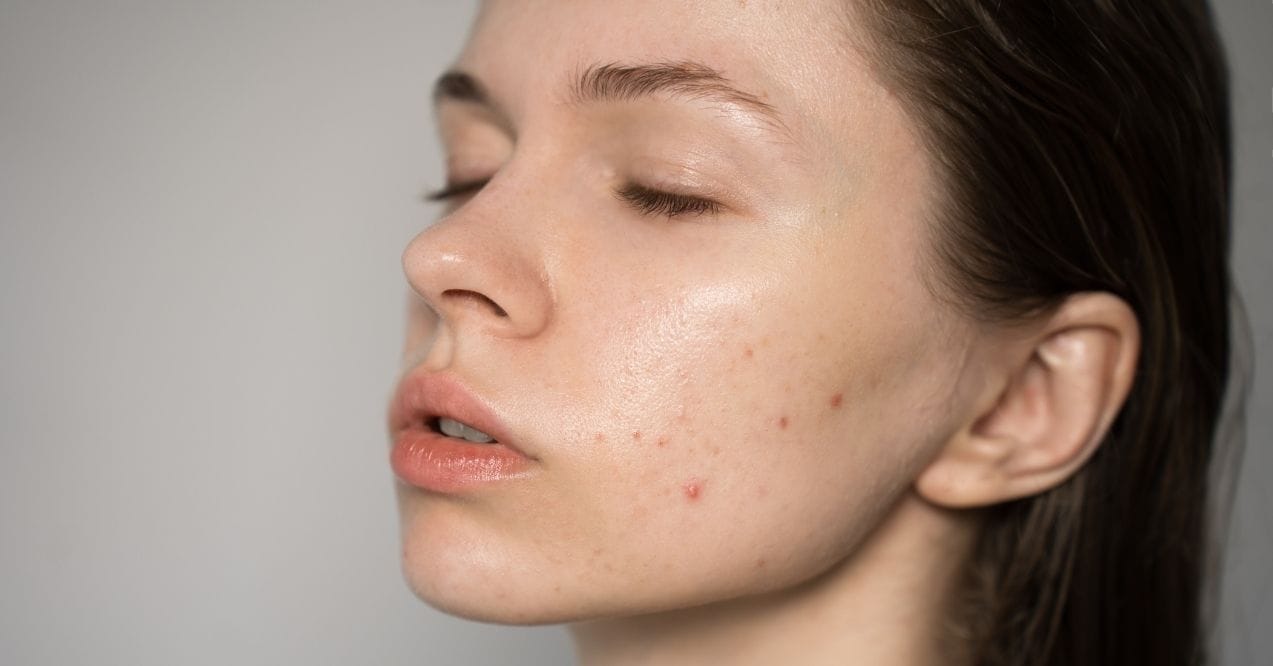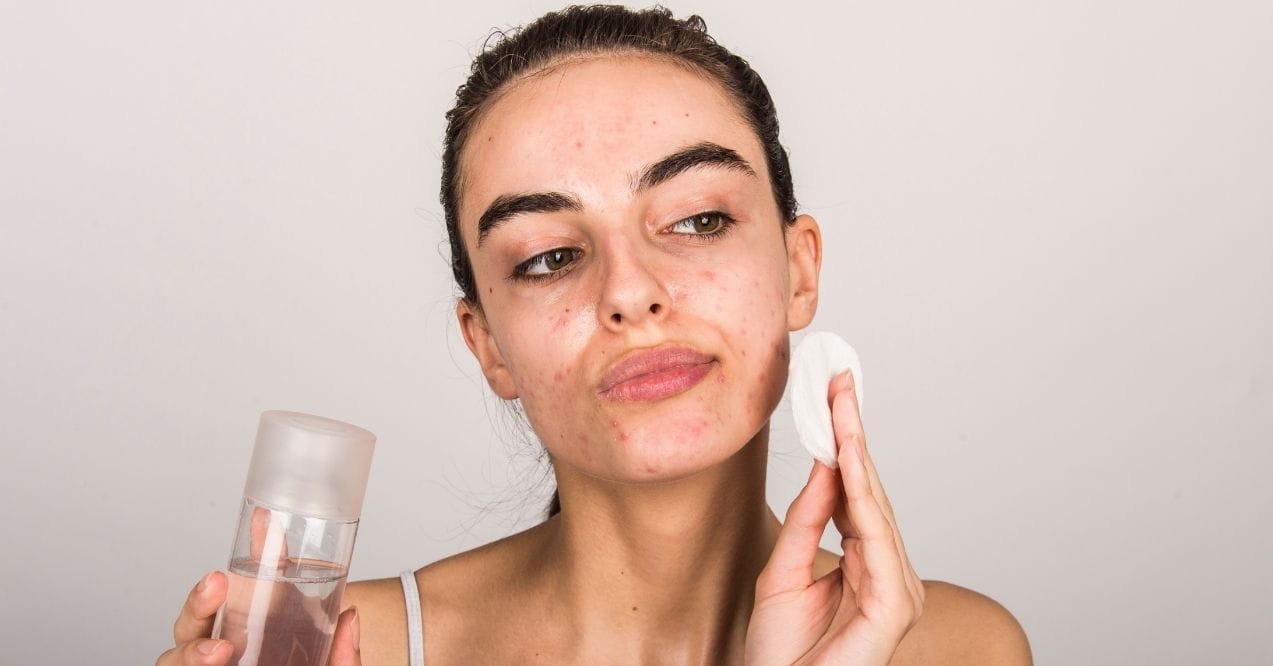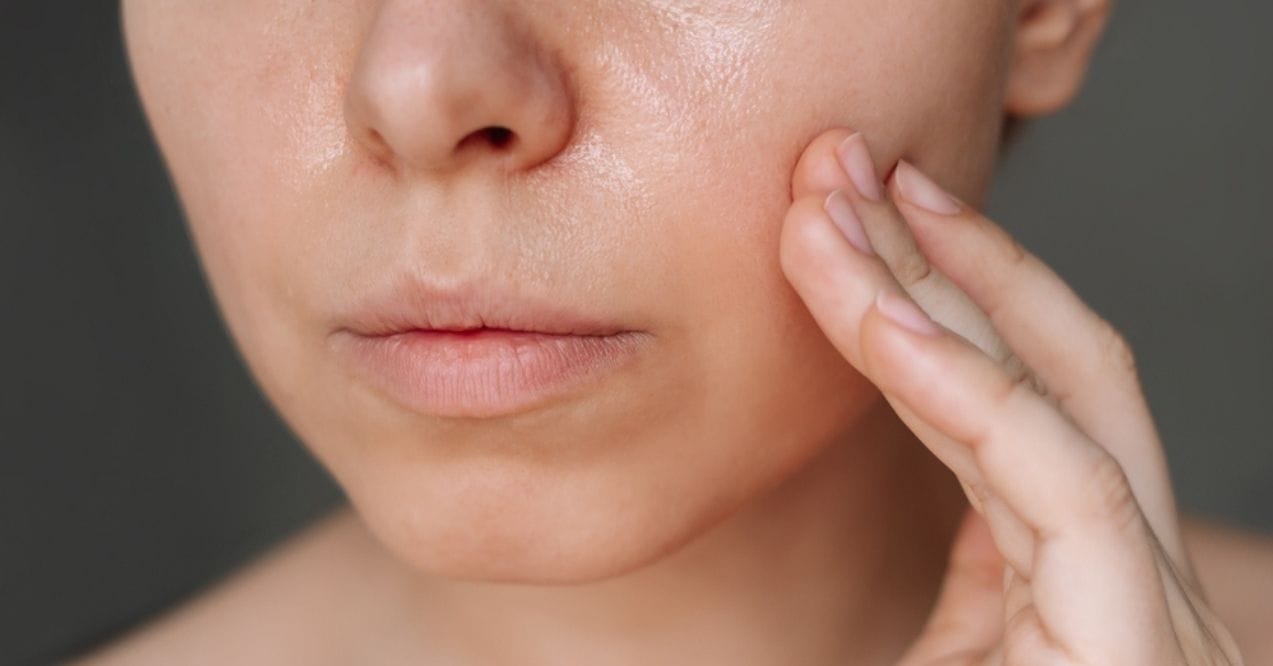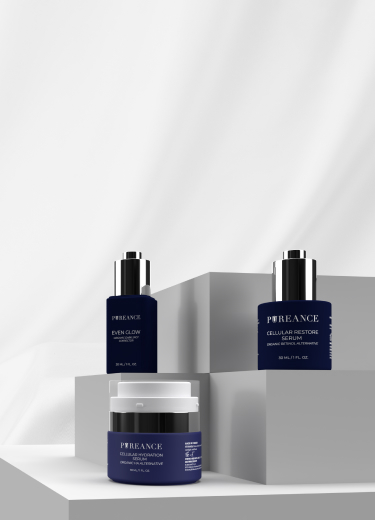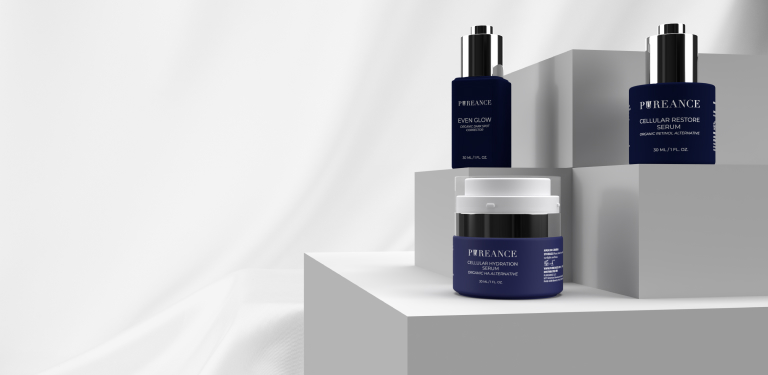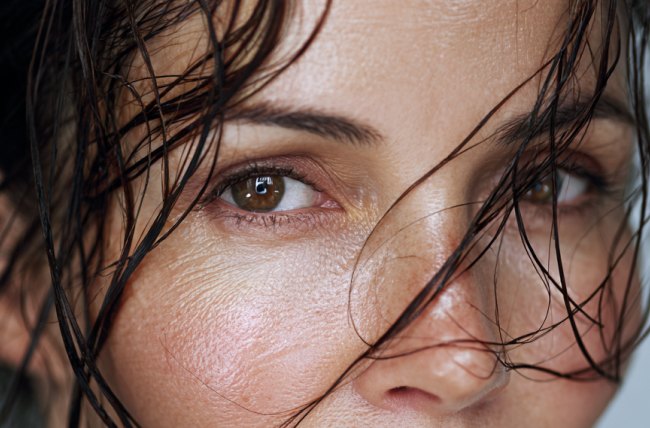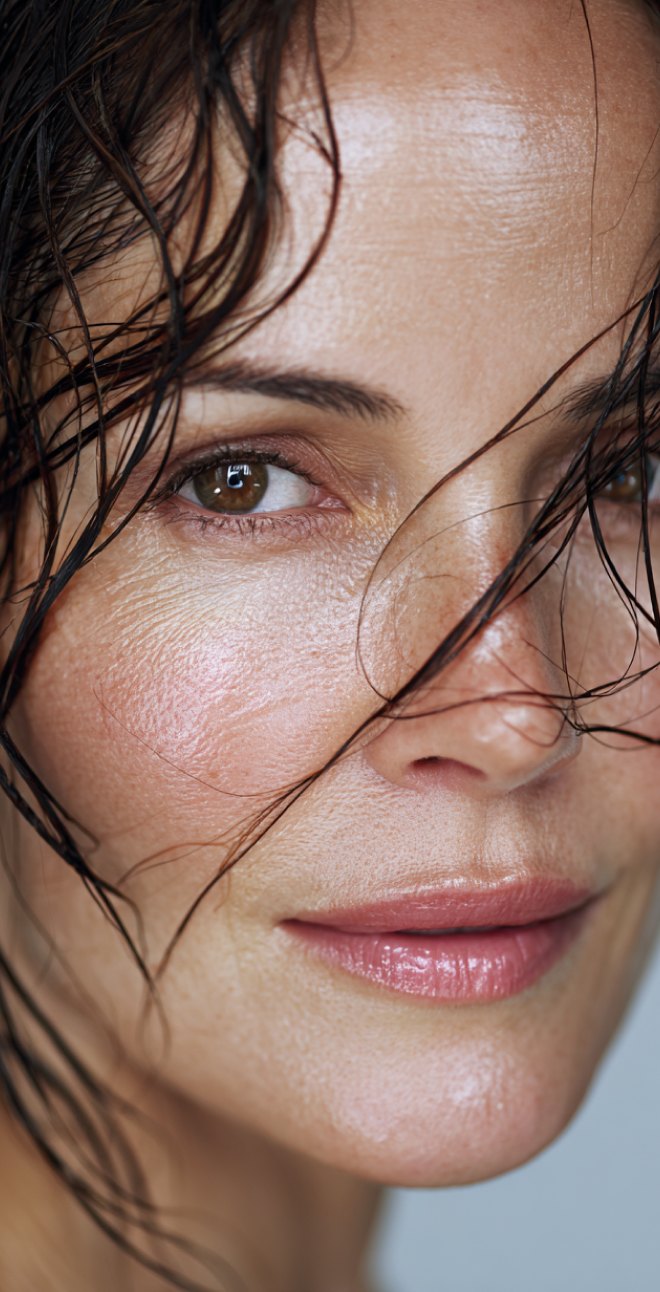
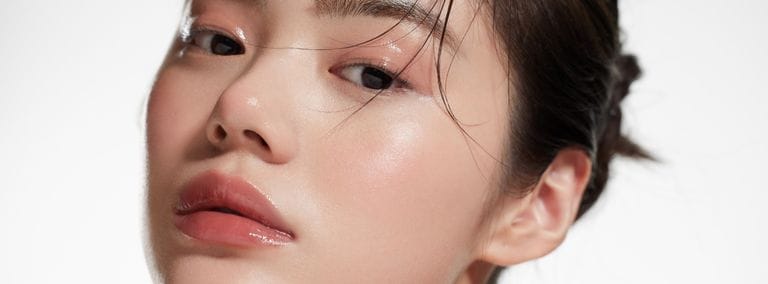

Glass Skin vs Oily Skin – How to Tell Them Apart
Is your skin glowing with health – or simply slick with oil? It’s a common question, especially with the rise of K-beauty trends like glass skin. At first glance, both can appear shiny, but that radiant glow and greasy sheen are not the same. One reflects balanced, hydrated skin; the other signals overactive oil production.
Knowing the difference isn’t just about aesthetics – it’s key to giving your skin what it truly needs. In this guide, we’ll break down how to tell glass skin vs oily skin apart and share practical tips to help you support your healthiest glow yet.
Key Article Findings
- Glass skin vs oily skin may look similar but differ in texture, hydration, and balance.
- Glass skin is smooth, radiant, and well-hydrated—without excess oil or buildup.
- Simple at-home tests can help identify your skin type.
- A consistent, lightweight skincare routine can support a healthy glow for all skin types.
What Is Glass Skin?
Glass skin is a term from Korean beauty that describes skin with a smooth, pore-refined, and radiant appearance – like glass. It’s not about oil or shine from excess sebum. Instead, the look comes from skin that’s well-hydrated, balanced, and even in tone.
This appearance is typically achieved through consistent skincare that supports:
- Deep hydration for a plump, dewy look
- Smooth texture with minimal surface roughness
- Even light reflection, due to balanced moisture
- Translucent appearance, not dull or overly matte
What Is Oily Skin?
If you’ve ever wondered how to get rid of clogged pores, it often starts with choosing routines that regulate oil. Oily skin occurs when the body produces excess sebum, the skin’s natural oil. While sebum helps maintain moisture and protect the skin, too much can lead to surface buildup and discomfort.
Common signs of oily skin include:
- Persistent shine, especially in the T-zone
- Noticeably enlarged pores
- A slick or greasy feel to the touch
- Increased risk of congestion or buildup
Glass Skin vs Oily Skin – Key Differences
While glass skin vs oily skin may both appear shiny at first glance, they’re very different beneath the surface. One reflects balanced hydration, while the other signals excess oil. Understanding the key differences can help you identify your skin type and care for it more effectively.
| Feature | Glass Skin | Oily Skin |
| Texture | Smooth, refined, and soft | Slippery or greasy to the touch |
| Appearance | Radiant, luminous, and translucent | Shiny with visible oil buildup |
| Pores | Minimally visible | Enlarged, more noticeable |
| Longevity | Glow remains consistent throughout the day | Shine increases, often requiring blotting |
| Makeup Wear | Makeup sits evenly and lasts longer | Makeup tends to slide or break up |
Try These At-Home Tests
Still unsure where you land in the glass skin vs oily skin debate? These simple at-home tests can help you evaluate your skin type without any special tools. They focus on how your skin behaves throughout the day – especially in terms of texture, oil levels, and shine.
Blotting Paper Test
Take a clean blotting sheet and gently press it on different areas of your face – forehead, nose, cheeks, and chin.
- If the paper picks up noticeable oil from most zones, your skin likely leans oily.
- If there’s minimal residue or only in the T-zone, you may have balanced hydration closer to glass skin.
Touch Test
Wash your hands, then lightly touch your skin.
- Soft and supple? That’s a sign of hydrated, balanced skin.
- Slick or greasy? You’re likely dealing with excess oil.
- If the skin feels bumpy, that texture could suggest oil imbalance or buildup.
Mirror Test
Stand in natural daylight and observe your skin up close.
- Glass skin reflects light evenly across the face and looks smooth.
- Oily skin often appears shiny in patches, especially across the T-zone, with uneven reflection.
Daily Routine to Support a Glass Skin Glow
Achieving the coveted glass skin look doesn’t mean piling on heavy products—it’s about consistency, hydration, and balance. Whether your skin tends to be dry, oily, or somewhere in between, the right daily routine can help promote a radiant, smooth appearance without triggering excess shine or congestion.
Double Cleanse
Start and end your day with a gentle two-step cleanse:
- Begin with an oil-based cleanser to lift sunscreen, makeup, and buildup.
- Follow with a mild water-based cleanser to remove remaining impurities.
This method clears the skin without stripping essential moisture. Avoid harsh or foaming cleansers that leave your skin feeling tight – tightness often signals imbalance, not cleanliness.
Tone
After cleansing, apply an alcohol-free toner to refresh and prep the skin. Look for ingredients like:
- Rosewater to soothe and hydrate
- Niacinamide to support balanced oil production and improve texture
Hydrating Serum
Next, use a hydrating serum to deliver moisture deep into the skin layers. Key ingredients to look for:
- Hyaluronic acid for plumping
- Glycerin for attracting water to the skin
- Panthenol or aloe vera for extra softness
Lightweight Moisturizer
Even oily skin needs moisture. Learning how to moisturize your face properly can prevent the skin from overcompensating with more oil.
Tips:
- Choose non-comedogenic, gel-based moisturizers
- Look for ingredients that hydrate without clogging pores
- Avoid rich creams if your skin feels heavy or greasy after use
This layer seals in hydration and supports your skin barrier without contributing to excess shine.
Sunscreen
Always finish your morning routine with a broad-spectrum SPF.
- Choose a formula with a natural or matte finish to avoid a greasy appearance
- Look for sunscreens labeled “non-comedogenic” or “oil-free”
Consistent use of SPF not only protects your skin but also helps maintain an even, luminous tone – the foundation of a glass skin glow.
Final Thoughts
Shine doesn’t always mean excess oil – and understanding the difference between glass skin vs oily skin is the first step toward achieving your ideal glow. While both skin types can appear reflective, the key lies in texture, hydration, and balance.
With the right awareness and a simple, consistent routine, anyone can support a luminous, healthy-looking complexion. Even if you have oily or combination skin, glow is still within reach. It’s not about perfection – it’s about giving your skin what it truly needs to look and feel its best.
Glass skin feels smooth, balanced, and hydrated with even light reflection. Oily skin feels greasy, especially in the T-zone, and may show enlarged pores or surface buildup. Blotting and touch tests can help you tell.
Yes, oily skin can appear dewy if it’s well-hydrated and balanced. The key is managing excess sebum without stripping moisture, so the skin glows naturally without looking greasy or uneven in shine.
Hydrating ingredients like hyaluronic acid, glycerin, niacinamide, and panthenol help promote smooth, plump, and radiant-looking skin. Gentle exfoliants like AHAs can also refine texture and support even light reflection for a glass skin glow.
Yes, this is common with combination skin. The T-zone may appear oily while cheeks or other areas feel dry. Using targeted skincare that balances hydration without clogging pores helps manage both conditions effectively.
This site offers health, wellness, fitness and nutritional information and is designed for educational purposes only. You should not rely on this information as a substitute for, nor does it replace, professional medical advice, diagnosis, or treatment. If you have any concerns or questions about your health, you should always consult with a physician or other health-care professional. Do not disregard, avoid or delay obtaining medical or health related advice from your health-care professional because of something you may have read on this site. The use of any information provided on this site is solely at your own risk.
Nothing stated or posted on this site or available through any services are intended to be, and must not be taken to be, the practice of medical or counseling care. For purposes of this agreement, the practice of medicine and counseling includes, without limitation, psychiatry, psychology, psychotherapy, or providing health care treatment, instructions, diagnosis, prognosis or advice.
